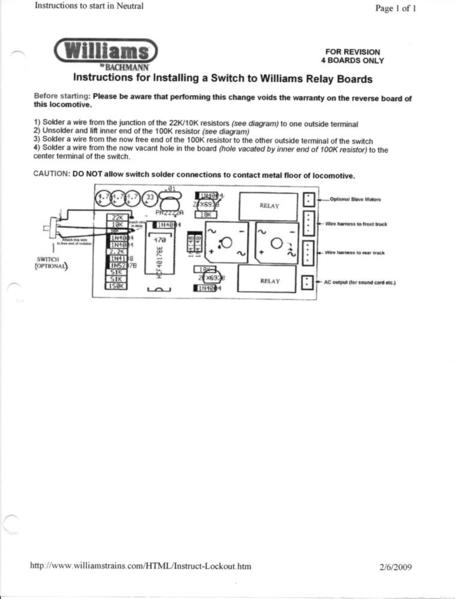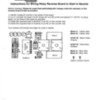My concern was amps. Even 2a if running though a "chip" could toast it. If the pin used was only relay controlled, then great!
I don't know all that much about command in specific really. None of mine have ever had an issue, or given me reason to mod them!
I have had to trouble shoot many unusual circuits in the vending/arcade business. Some without schematics. Watched some "evolve" from relays alone, to fully opto- isolated circuits. So I tend to do an "either or" simple logic breakdown on everything. "How could it be done" Though un-needed, these were my thoughts..
Without command in mind, it could still be "switched" with a chip. Maybe one just strong enough to trigger a remote relay in the other unit, that would keep the power draw closer to each motor that way, as well as only putting a tiny draw on the lead system. It could still be modded to spread power pick up out, for sure.
You are using low amp motors. So in theory, if the chip was used to drive revolving motors, instead of a linear motor (mech. relay solenoid), it may work.
Drawing less in amps? Maybe because amperage supplied to the extra motor might be limited by the amount of amperage the controlling chip is able to pass. Those types of circuits do tend to be built with overkill, but capacitors as boosters do also get used after a lighter chip for driving a linear motor semi-continuously. Simply feeling a control chip may have revealed an unhealthy heat increase.(watch you don't burn your fingers ) More heat is a sign of possibly maxing out the chip, ie resistance from small "wire size"=heat. And Res. will limit amps. A larger chip made in that same series, and a simple swap could maybe happen. Allot comes down to if the numbers printed on a chip can be cross referenced.
) More heat is a sign of possibly maxing out the chip, ie resistance from small "wire size"=heat. And Res. will limit amps. A larger chip made in that same series, and a simple swap could maybe happen. Allot comes down to if the numbers printed on a chip can be cross referenced.
If its micro electronics, I really just prefer to swear, and throw it on the floor right away!








